Types of Scraper Pipeline Pigs
Ball Scraper Pipeline Pigs
The common material of ball pigs is neoprene rubber. They are hollow in the middle. The thickness of them is usually 10% of the pipe diameter(30~95mm). There is a check valve in it, which can control the volume of injected water through a water injecting or gas vent hole. Therefore, it can control the interference of ball pigs. Ball pigs mainly clean liquid medium in the pipe and separate them. It includes the separation of different kinds of oils and the removal of air in the water hydraulic test of the pipe. The disadvantage of it is the poor ability to remove lumps and dust. If the diameter of the branch pipe is greater than the diameter of the main pipe 1/2 tee, or the use of an equal diameter tee, while there is no protection bar, it is easy to cause the stuck ball fault.
Polyurethane Foam Scraper Pipeline Pigs
The length of polyurethane foam pigs is usually 1.75~2 times the pipe diameter. The interference is usually 25mm or 5%~10% of the pipe. Polyurethane pigs have high elasticity, toughness, and certain wear resistance, and the deformation is more than 50%. The foam pig has a strong flow capacity and is easy to pass through the pipe bend. Even if a stuck occurs, it can rely on its high deformation performance. Or increase the pressure to make it break, remove the blocked pipe by itself, and there will be no pressure accident. The foam debris of the foam pig has no damage to the inner wall of the pipeline. It is suitable for cleaning pipes with inner wall coating. The disadvantage is that the ability to remove debris is general. Mainly used for pipe water absorption, and cleaning, can only be used once, as the running distance is short.
Mechanical Scraper Pipeline Pigs
Mechanical scraper pipeline pigs can clean not only liquid accumulations but also solid debris. You can add different brushes or scrapers to meet specific cleaning requirements, enhancing the cleaning effect. One of their advantages is a long service life; typically, mechanical pigs can cover distances of 800 to 1000 kilometers. Operators can equip them with tracing equipment, gauging plates, magnets, and more. However, their poor passivity poses a disadvantage. They do not suit heavily deformed pipelines or pipes with multiple bends and valves. In domestic pipelines, operators mainly use mechanical pigs with cups and bi-directional pigs with discs.
The interference of cup pigs is usually 3% to 5% of the pipe diameter, giving them better passing ability than disc scraper pipeline pigs. Cup pigs work in a single, unchanging direction and are primarily for cleaning liquids, dust, and other dirt in pipelines. Disc pigs have a stronger cleaning ability than cup pigs, especially effective at removing suspended dirt in the pipeline. However, leather cups on disc pigs wear faster and their running distance is shorter compared to other options. Disc pigs are bi-directional, making them useful for clearing blockages when putting the pipeline into operation or after long periods without cleaning, as operators can reverse the blockage.
Caliper Scraper Pipeline Pigs
Caliper Scraper Pipeline Pigs can measure specifications like pipe geometry, ellipticity, roughness, and weld permeability. They can provide original basic data, which provides the basis for pipeline maintenance and cleaning. The diameters of caliper pigs are usually 60% of the pipe. Cups of them have high flexibility and can pass through 15% of the shrinkage hole. The key technologies of the caliper pig are speed control, detection accuracy, reliability, and later data processing and analysis. Before intelligent pigging (in-pipeline detection), the caliper pig should be launched to determine the internal condition of the pipeline and test the pipeline passing ability.
Smart Scraper Pipeline Pigs
The intelligent pig comprises a data acquisition sensor, support system, drive system, leather bowl (steel brush), probe, power supply system, and signal processing system. Its length is 4 to 5 times that of ordinary pig. To inspect the pipeline smoothly, before launching the intelligent pig, the ordinary pig is fired to clean the pipeline. The caliper pig is then launched to determine the internal condition of the pipe and its ability to pass. The pipe information collected and determined by the intelligent pig includes pipe geometric deformation measurement, pipe dent, wrinkle, ellipticity, bending radius, etc. Pipe metal loss, wax deposition, and corrosion degree; Location, area, and severity of pipeline cracks.
Pig selection basis
Pig selection is a multi-objective, multi-factor decision-making problem, mainly to determine the mechanical strength of the pig, wear resistance, adsorption, reactivity of the transport medium in the pipeline, and the passage capacity, as follows:
1) Pigging target. Whether the pipe is cleaned of liquid or solid impurity, predict the amount of impurity. If more sediment impurities are expected, the gas pipeline can choose a pig with a discharge hole, and the sand can be blown up through the gas body of the discharge hole to avoid blockage.
2) Pipeline life cycle stage. The new pipeline is clean residue, preliminary measurement, pressure test, drying, and trial operation. The running pipe is to clean up wax deposits and dirt, isolate the medium, and inhibit corrosion. Decommissioning of pipelines is the process of medium removal and inert gas filling.
3) Determine the driving medium (oil, water, gas) characteristics of the pigging.
4) Pig interference quantity. Consider the minimum bending radius and bending Angle of the pipe, the minimum and maximum inner diameter, the connection of the branch pipe, the elevation change along the line, and the type, position and size of the valve/tee/elbow along the line.
5) Pigging process. The range of driving pressure values provided by the pipe (maximum allowable operating pressure of the pipe, pipe operating pressure, temperature parameter change), as well as the range of possible speed values for pig operation and the maximum distance the pig needs to run.
6) Size of steel brush and scraper for pig installation. According to the thickness of the wax deposits in the pipeline and the range of driving force, comprehensive consideration.
7) The mechanical strength, wear resistance, and reactivity of the pig in contact with the medium in the pipeline.
Development Trend of Scraper Pipeline Pigs
The development trend of pigs is to adapt to the requirements of long-distance station spacing. Therefore, higher requirements will be required for the configuration of the pig bowl, the strength of the bowl, and the quality of the transmitter.
Main Specifications
Supporting and dish-type leather bowls are made of polyurethane material with Shore hardness of 85HA and 80HA, respectively.
The working pressure of the pig is greater than 12 MPa,
Temperature range -30~100°C,
Interference volume 3%;
Pig mass 0.6t,
The lowest pressure difference in the pipeline is 0.2MPa,
The longest distance of sustainable operation is greater than 300 km;
The minimum curvature radius through the bend is 3D (D is the outside diameter of the pipe)
And pipes with a maximum deformation not exceeding 25% of pipe diameter;
You can install the tracking device, and it can find and locate the blockage position in time if a blockage occurs.
Applications
For the piggability of the product, in principle: if you can pump it, you can piggle it. Gas pipelines must remove condensation that accumulates in low-lying areas. Paraffin deposits in crude and mineral oil pipelines must be removed. In addition to cleaning the pipes, it is also important to inspect them. Use pig to check pipe interior condition, weld, wall thickness, and surface quality. In many cases, pipe cleaning can be done through a pig. The most important applications of pigging are: Removing liquid from pipes to remove rust and sediment. By using pig signallers, the operator can know about the situation of the pigs’ passive situation.
The application of industrial pigging equipment consists of four main tasks:
Several products are pumped through a single pipe. Use one pigging line to replace multiple independent product lines, and pigging is required for each product replacement.
The pig pushes the product out of the pipe, cleaning it by almost completely ejecting the product, and can also push the product out of a pipe without any slope or siphon.
Flush the pipe (e.g., water) with a cleaner and/or solvent enclosed between two pigs running in the same direction (tandem pigging).
Placing a pig in front of the product can prevent or reduce foaming. For pipes that are initially empty or that slope down, the product-driven pig can be used to transport them, avoiding mixing with air and causing product quality problems.
Conclusion
In conclusion, the scraper pipeline pigs serve diverse functions. Each type offers unique advantages. Selection depends on pipeline needs and pig capabilities. Development focuses on long-distance efficiency. Proper pigging ensures pipeline integrity and cleanliness. Adopting suitable pigs optimizes maintenance and operation. Future trends point towards more resilient designs. Effective pigging translates to prolonged pipeline lifespans and safety.


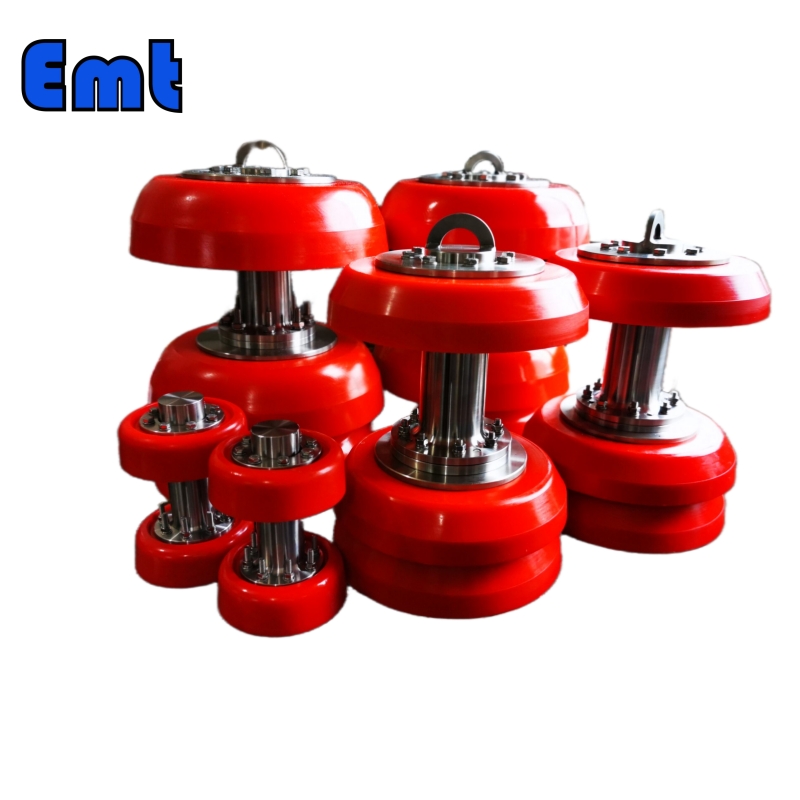
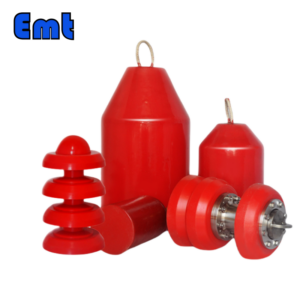
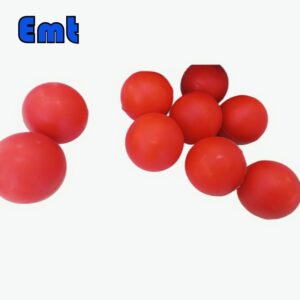
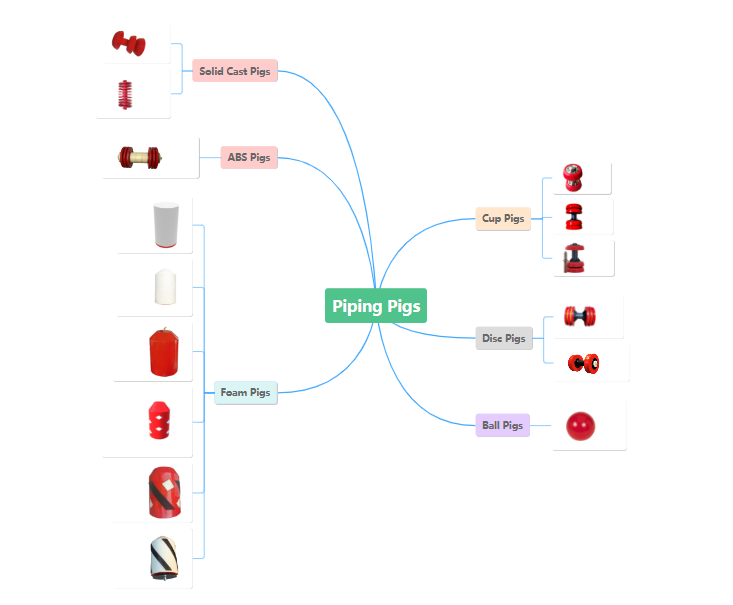
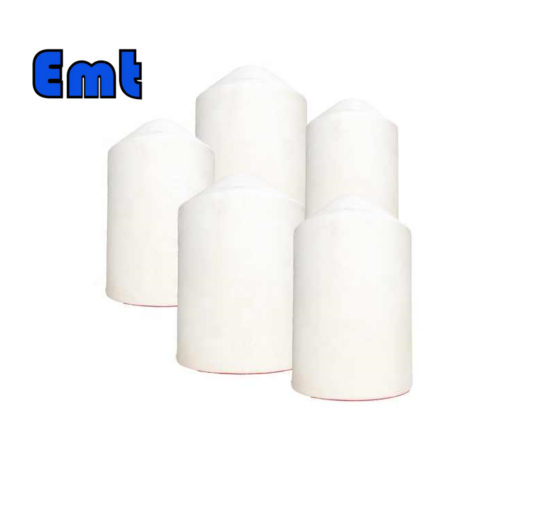


There are no reviews yet.